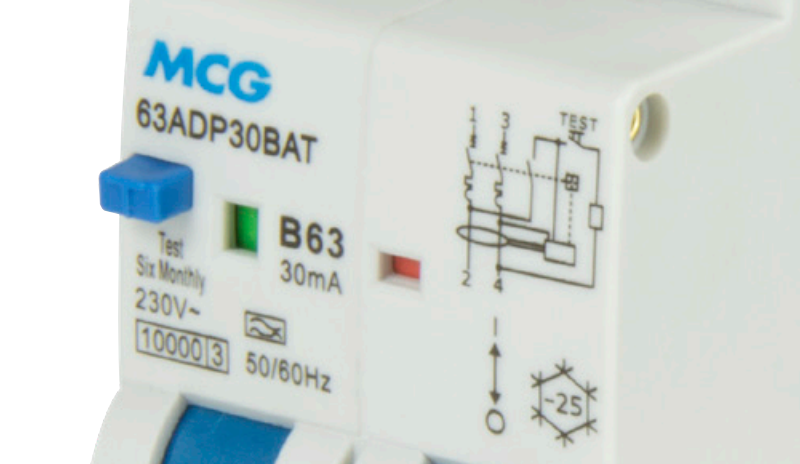I’m currently studying for my domestic electrician qualification and have a question regarding the attached image. The device is a 63ADP30BAT, a bidirectional double-pole RCBO.
From my understanding, "bidirectional" means I can connect the supply and load to either the top or bottom terminals. However, the RCBO has no markings to indicate which poles are Live or Neutral.
Based on the internal wiring diagram, it appears that both poles (1–2 and 3–4) include a magnetic trip coil and bimetallic strip. From this, I’ve concluded that either pole can be used for Live or Neutral, as long as the supply and load are correctly matched across each pole.
Could someone please confirm whether this interpretation is correct?
From my understanding, "bidirectional" means I can connect the supply and load to either the top or bottom terminals. However, the RCBO has no markings to indicate which poles are Live or Neutral.
Based on the internal wiring diagram, it appears that both poles (1–2 and 3–4) include a magnetic trip coil and bimetallic strip. From this, I’ve concluded that either pole can be used for Live or Neutral, as long as the supply and load are correctly matched across each pole.
Could someone please confirm whether this interpretation is correct?

Last edited by a moderator:









